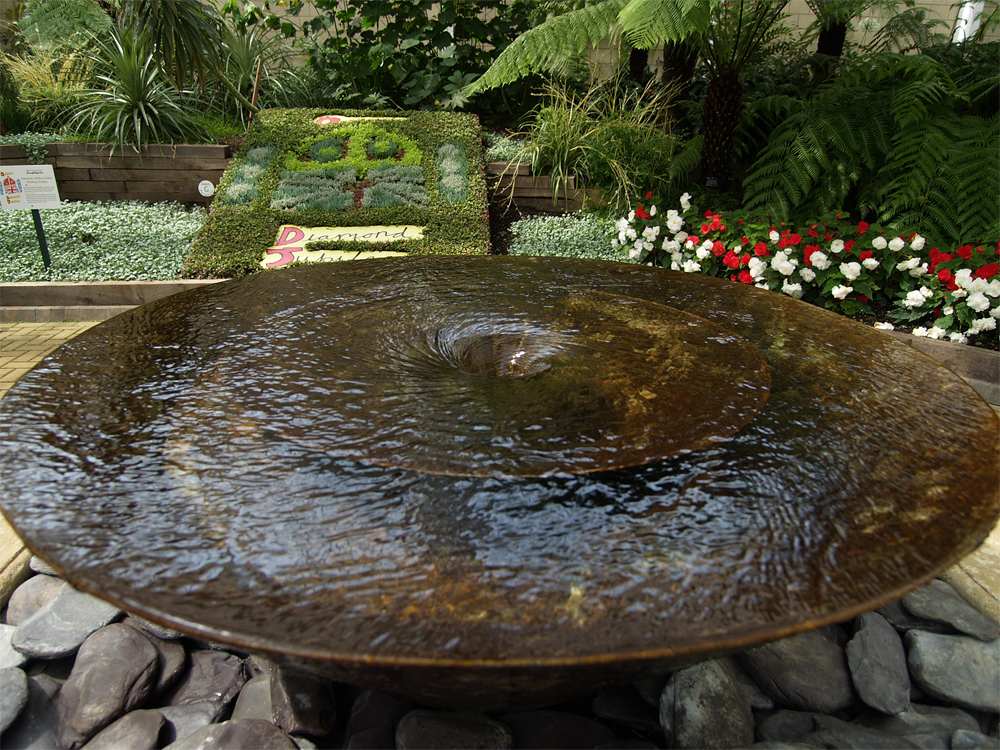Thursday 21st August.
Note: Unfortunately, my weather station was knocked off line at 06.29 on Wednesday, for some unknown reason, the live stream on the website was locked all day from that time. I was out most of the day and did not manage to get it back online until the evening as the support in the UK was unobtainable. Overnight support came from Davies Instruments in America. My older station close by, exactly the same without the UV sensor or via the ‘cloud’ and live weblink, maintained my long term data stream, thankfully.
Wednesday was a disappointing day that was certainly not summer like with cloud that persisted until late afternoon. The extent of the cloud was not forecast by either the Met Office or the BBC forecast from the Meteo group. The cloud cover, combined with the persistent northeasterly breeze gusting to 19mph, meant it was a cool day, a very cool day for August, that limited the rise in temperature to a maximum of 18.3C at 18.00 thanks to a brief burst of sunshine late in the afternoon being a significant 3.8C below average. The overnight minimum of 10.9C, logged just after midnight, which was unusual so early in the new day at 01.58, was 0.3C below average.
Thursday first thing again revealed total cloud cover although it appears less dense than on Wednesday, confirmed by a higher solar value at 08.30 at the time of writing this report. Thankfully, the northeasterly breeze, again today, will be less strong that should mean a warmer day.
The forecast charts see little change over the next couple of days, with predominantly cloudy conditions that will limit the sunshine, although temperatures by day should recover closer to the late August average due to a subtle change in the position of the anticyclone with the wind coming form the north-northeast today and backing into the northwest then southwest on Friday, a much warmer direction.
I have read reports in the press over several revert days of “Horror weather maps show when 600-mile rainstorm will batter the UK” was one headline. The Met Office comment the “Whilst the language is eye-catching, the forecast paints a more nuanced picture. Low pressure is expected to donate early in the period next week, bringing spells of rain and showers, with the potential for windy conditions. However, confidence in deeper low-pressure systems near the UK is currently low. Drier and brighter spells are also likely, and temperatures may be above average at times, though broadly near-average overall”. I remember a recent comment that the Met Office use a combination of data and computer runs to make a balanced forecast rather than a statement from just one run.




